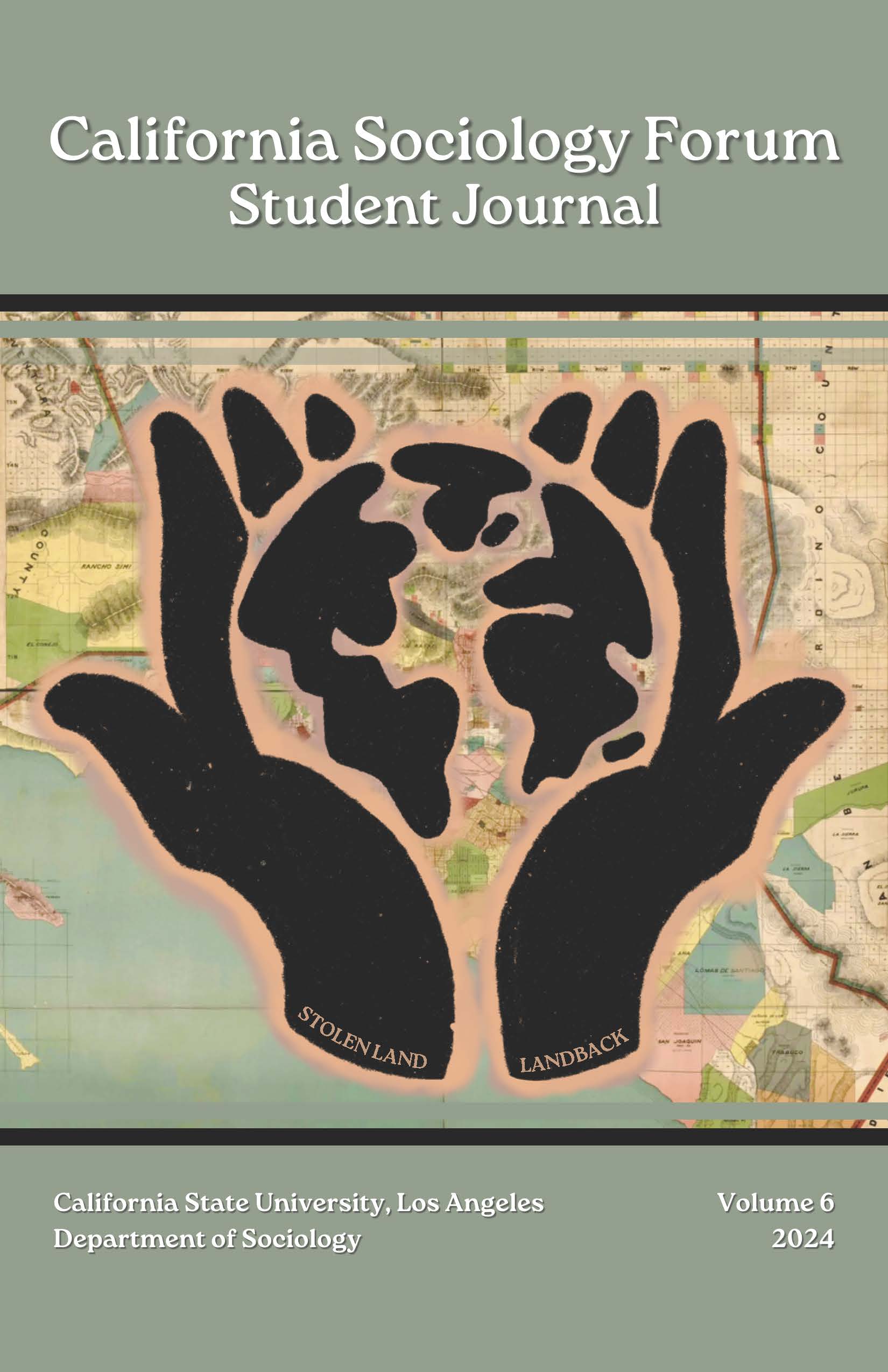Colorism and Its Effects on Self Perception
Abstract
I was born with brown skin. Throughout my life, I have experienced people both inside and outside my community perceive me differently because of my skin tone. Within my community, nicknames such as “India,” “Morenita,” or “Negrita” were shared. I was always advised not to be in the sun for long periods, and I would often see lightning and bleaching lotions in my local markets in case we got “too” dark. Outside of my community, I often felt ostracized because of my skin, especially in my early years in school. From getting picked last for group projects, getting called derogatory names, and constantly getting confronted by others with lighter skin and by some with similar skin tones as me as a way of obtaining validation or compensating for similar issues I was enduring. When trying to find comfort in my favorite movies or TV shows, I did not see myself in the characters I enjoyed watching. Instead, I longed to become them because I wished my skin looked lighter like theirs so I could feel seen, appreciated, and respected by those around me. If I ever did see a character with similar or darker skin tones as me, they were often depicted stereotypically or unfavorably, which usually resulted in further comments or comparisons from others. As a result of these experiences, my self-esteem began to decline over the years, and I developed severe anxieties regarding my appearance and, precisely, my skin tone. I went through phases of attempting to change my appearance to look a certain way that might lessen the anxiety and insecurity. Straightening my thick, wavy hair every morning, using makeup that was shades lighter than my actual skin tone, using lighting lotions on my elbows and shoulders, attempting to wear colored contacts, and depriving myself of basking in the sun that would always bring me comfort and reassurance. As time passed, I attempted to overcome these insecurities, but they soon resurfaced as I began my higher education journey. Despite attending a community college and university with students from various backgrounds, many of whom were first-generation college students like myself, I quickly realized how much the university relied on students of color to promote diversity to avoid assumptions of not being an inclusive institution and to retain high enrollment rates. In theory, this is an attempt to encourage change and inclusivity. In reality, campus life as a student of color consisted of many obstacles such as heavy police presence, little access to student resources, and microaggressions from campus administration. Those further from that image are seen as infiltrators or tokenized students who are questioned about how they were accepted into the institution or if they have the potential to obtain a higher education. In many cases like mine, you were asked both of those things. Constantly.

